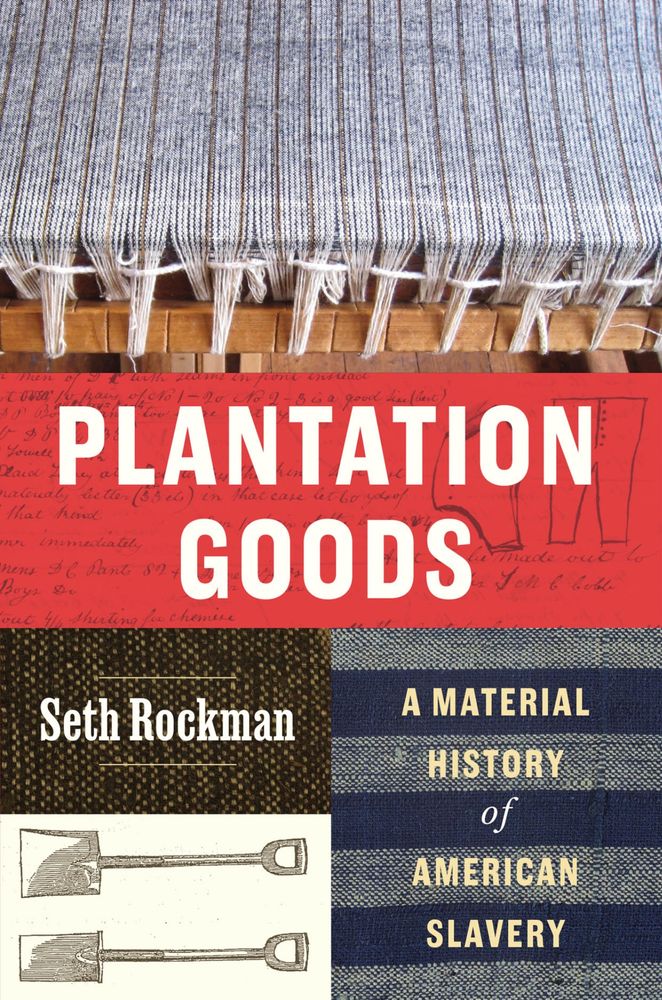
very cute!
If these connections interest you, I hope you'll consider pre-ordering from University of Chicago Press using the code UCPNEW for a 30% discount. And if you might want to review the book, podcast about it, etc., please be in touch! As always, thank you for your enthusiasm for this history! 7/7

An eye-opening rethinking of nineteenth-century American history that reveals the interdependence of the Northern industrial economy and Southern slave labor. The industrializing North and the agricul...
This was not lost on observers, North and South, and became one of the ways that this business was moralized and politicized in the decades before the Civil War. 6/7
But when Southern purchasers couldn't pay their debts, lawsuits and bankruptcies followed. When slaveholders and sheriffs talked about "property" being "liquidated" to satisfy creditors, they meant slave auctions-- thereby giving Northerners a substantial stake in the slave market itself. 5/7
The long-distance trade in these goods ran almost exclusively on credit-- so if New England manufacturers (and workers) and New York merchants wanted to be paid, they had to hope that enslaved men and women would produce cotton in record quantities. 4/7
The "superior cotton hoes" featured here were likely manufactured in Connecticut by workers on the front edge of the Industrial Revolution. The iron might have come from Sweden, Russia, or Pennsylvania, tying yet other workers far removed from plantation spaces to the infrastructure of slavery. 3/7
By following ordinary things from the New England communities where they were made to the Southern communities where they were used, the book charts the economic and social networks that made slavery a national enterprise in the nineteenth-century United States. 2/7
No, not Scottish. Could be residual preferences from the 18th c. when woolens from Wales, Scotland, and England were dominant in North Am. markets. Even by the Civil War, plaids still common for enslaved clothing. No evidence that specific plantations lay claim to proprietary designs.

likewise many of the palm-leaf hats that occupied the winter months of many New England farm women.
These many different kinds of stories all feature in **Plantation Goods: A Material History of American Slavery** publishing on November 5, 2024. Pre-orderable now. Please be in touch if you'd like to review, write about, discuss on a podcast, etc.

An eye-opening rethinking of nineteenth-century American history that reveals the interdependence of the Northern industrial economy and Southern slave labor. The industrializing North and the agricul...
